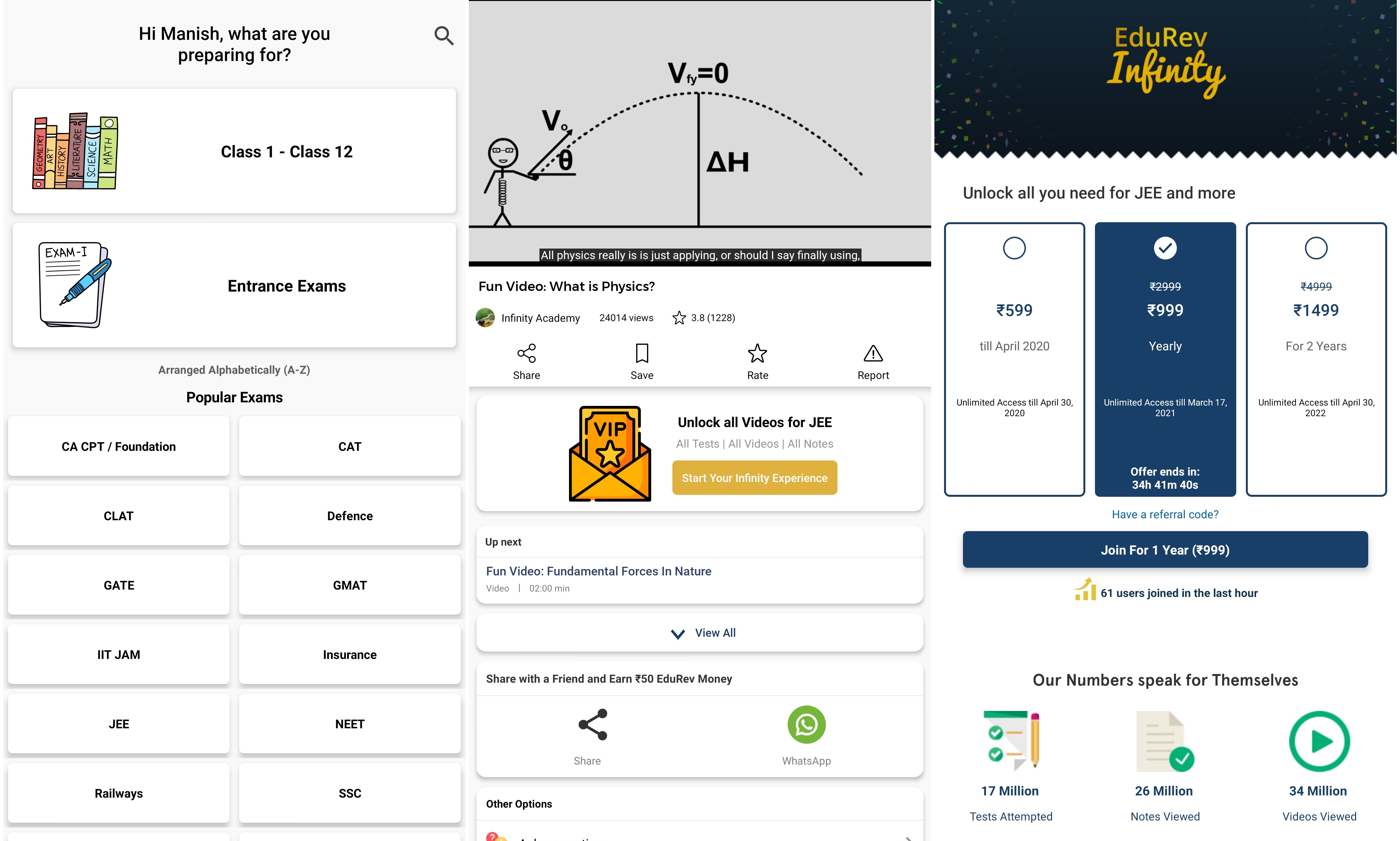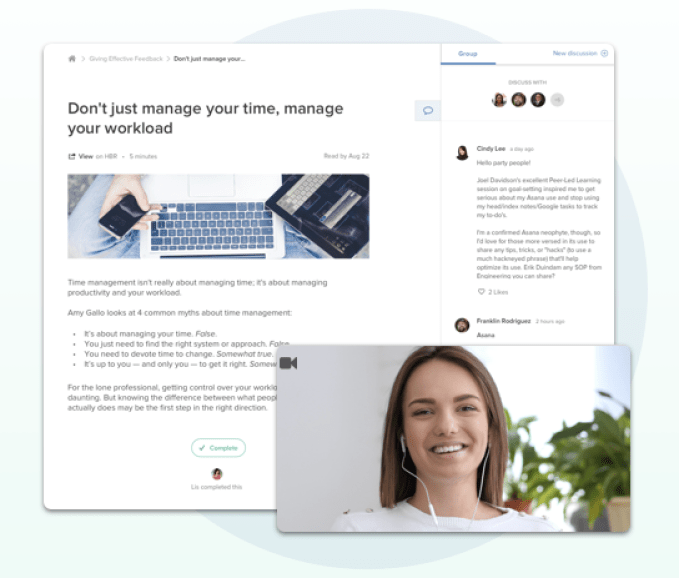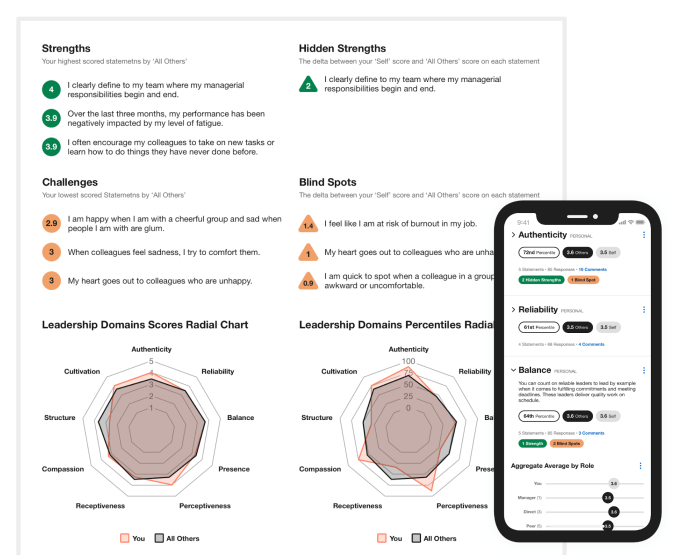As edtech startups emerge and expand in India, millions of students in the country now have an additional option to choose from when they prepare for competitive exams.
But despite the proliferation of cheap Android handsets and availability of some of the world’s cheapest mobile data plans, online learning platforms in India are struggling to appeal to the masses because their offering is too expensive for many.
EduRev, a Y Combinator-backed startup (W20), thinks it can address this. The three-year-old startup offers an all-you-can watch catalog in a Netflix-esque fashion that costs between $20 to $50 a year — compared to anything between $300 to $4,000 that other platforms charge.
The startup has partnered with teachers around the country to make their classes — aimed at primary school to high-school and to students preparing for undergraduate-level course — available on the platform.

Students can come and consume some of this content — which includes notes, previous year exam papers, mock tests, and class videos — for no charge, but access to full-course and additional catalogs requires becoming a subscriber, explained Kunaal Satija, co-founder of EduRev, in an interview with TechCrunch.
“Most of the classes in India are not efficient. The vast majority of students are not really learning much. There is also a severe lack of good teachers in the country. And if offline to online transition did not already have a learning curve attached to it, it is also expensive,” he said.
To replicate the traditional learning experience, EduRev also has a social aspect to it. Students can follow their friends and track their progress and participate in helping other students clear their doubts and pose their own questions. These features are available to non-paying users as well.
The price and wider-catalog availability, Satija said, has helped the startup gain millions of users. The platform has amassed over 5 million registered users, more than 1.5 million of which come to the platform each month, he said.
He declined to share how many paying users EduRev currently has, but said the startup has been operationally profitable for last four months.





